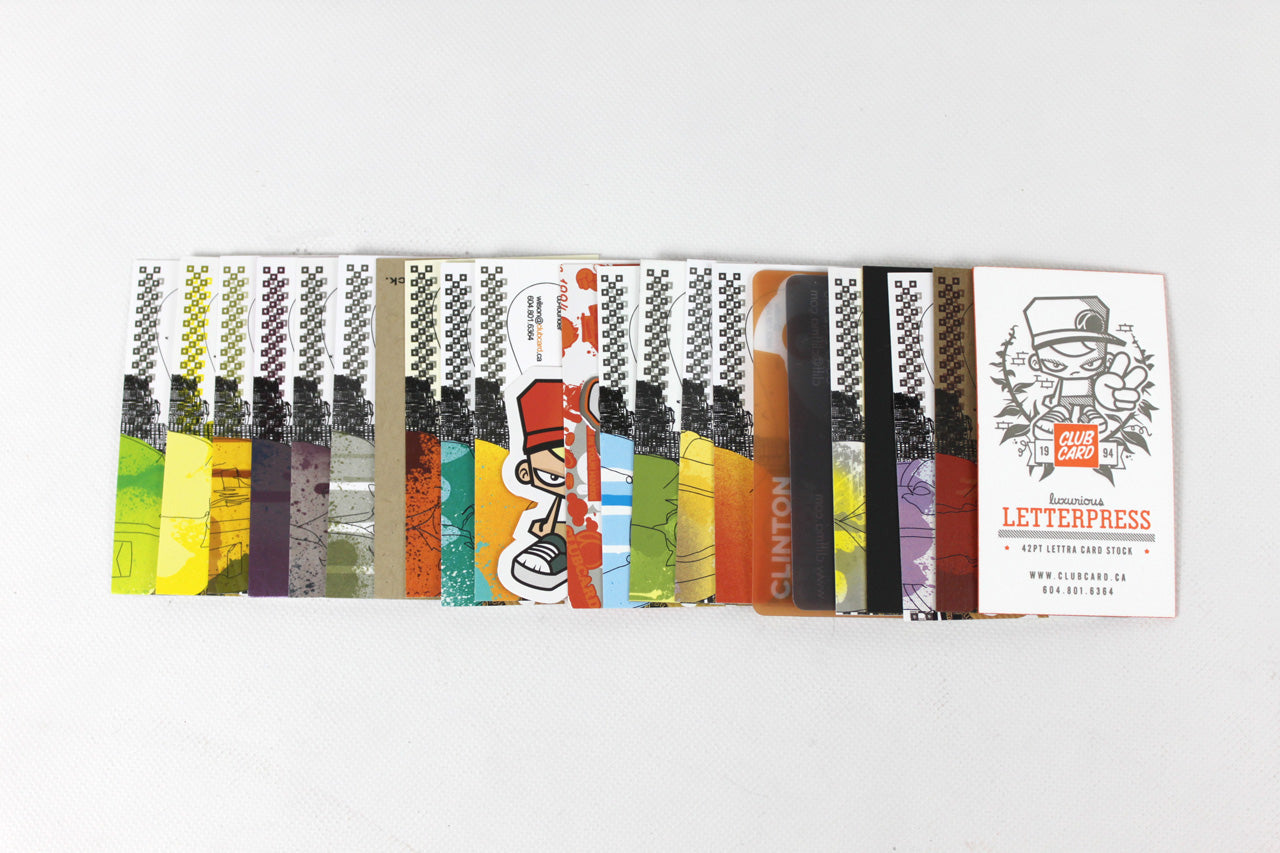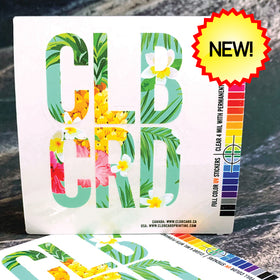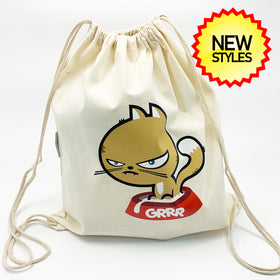pregunta por Ken

Choosing The Right Card Stock For Printing.


Clubcard Vancouver offers a huge selection of card stocks to print your cards, brochures, posters and presentation folders on. With so many choices we are often asked "Which card stock will work best for my project?" This is the first question to ask before you begin your design process as your card stock choice will determine how your colours look and which printing methods are available.
THE THREE MAIN CARD STOCK CHOICES
The three main categories of card stocks are coated, uncoated and laminated card stocks, with some variations of coated one side stocks (aka C1S stock) that combine the qualities of coated and uncoated card stocks on one card.
*traditionally postcards are printed on coated one side card stocks allowing vibrant colour on the front coated side for photos and graphics while the uncoated back is a perfect matte surface to write messages on.
Quick summary coated card stocks have more vibrant colour compared to uncoated and laminated card stocks which have a matte appearance and softer, muted colour reproduction. We will go deep in detail further on but this would be the main decision factor for most designers.
What is a coated card stock?
Coated card stocks are finished with a smooth sealed surface with a low luster sheen that provides a surface that doesn't allow inks to absorb into the stock. This coated surface provides more precise image reproduction and brighter colours when compared to uncoated and matte laminated card stocks.
Coated card stocks can have a low lustre or dull sheen with the option to add a clear high gloss UV coating that floods the entire card surface or as a spot gloss where this clear coating (AKA varnish) is only printed in the specific areas you designate in your design file.
STAFF TIP - We do not recommend coated card stocks if you want to write on your cards but we do offer card stocks that are coated on one side. Read more about coated one side card stocks below.
What is an uncoated card stock?
Uncoated card stocks have a matte appearance with a more natural look and feel compared to coated card stocks. The biggest design factor when printing on uncoated card stocks is that ink tends to absorb into the uncoated surface which mutes the colours to a more subtle hue. Clubcard offers uncoated card stocks printed on our digital, offset and letterpress options and each option has a different degree of ink absorption. For example, uncoated cards printed on our digital press are printed with dry toner which does not absorb at all on the stock, so we don't recommend prit=ntng cards with heavy coverage on this option as you won't get the uncoated look and feel of the stock.
What is coated one side card stock?
As mentioned earlier, Postcards are traditionally printed on coated one side card stock as this is a hybrid stock, coated on one side, usually the image side and uncoated on the other for writing messages. You can print full color artwork on both sides of coated one side stocks but the coated side lends itself to richer colours.
What is matte card stock?
Many clients ask for matte card stock but we should clarify that matte cards generally refer to a card that has no or low sheen, so even a coated card stock may have a matte appearance. Most laminated cards are considered to have a matte appearance, so in general if you want cards with no amount of shine we suggest uncoated or laminated card stocks.
What is Laminated card stock?
Laminated card stocks start out as coated or uncoated stocks that are printed and then laminated on both sides with a layer of silk, soft touch or suede laminate. Laminated cards usually have muted colour compared to other card stocks. Clubcard offers a range of unique finishing options on laminated stocks including flat and raised foils and uv spot gloss printing.
Uh, what are points?

CARD STOCKS ARE MEASURED IN POINTS
At Clubcard we measure the thickness of card stocks in points to make it easier for you to decide on how thick your cards will be. You will see us refer to points in an abbreviated form of "pt". Points refer to the thickness in inches so a 14 point card stock aka measures out to 14/1000 of an inch in thickness. The quick rule of thumb is that the higher the points number is the thicker the card stock will be. You may be used to seeing card stocks referred to in GSM weights. We use the measurement of points instead to keep it simple.
CHOOSING THE RIGHT STOCK ENSURES THE COLOUR YOU WANT
We've been in the printing business since 1994 and printed millions of cards for clients around the globe. As a print shop founded by graphic designers our mission is to ensure your cards print exactly the way you envision them. Every order is checked by our in-house designers for technical correctness with an eye on the design aesthetic. We strive to print every project to perfection and we recommend keeping these factors in mind when you design your cards;
• Choose your colours using a swatch book for the stock you will print on.
• Never rely on your computer screen to choose your colours, every screen is different and the combination of stock and print method cannot be factored into screen calibrations.
• Cards with UV coatings will have brighter, more saturated colours.
• Uncoated stocks produce subdued, muted colours that may appear dull compared to those printed on a coated card stock.
• We offer several types of lamination at Clubcard. Lamination will change the overall hue of your cards including the final colours.
GET A FREE SAMPLE PACK FROM CLUBCARD
Take the guesswork out of your decision and get a free sample pack at our shop or sent to you in the mail so you can see and feel the stocks you're interested in before you design and order your cards! GET YOUR FREE SAMPLE PACK
With all of these choices, the best way to make the right decision is to request a free sample pack so you can see and feel the stocks and decide the best stock for your cards.




Leave a comment